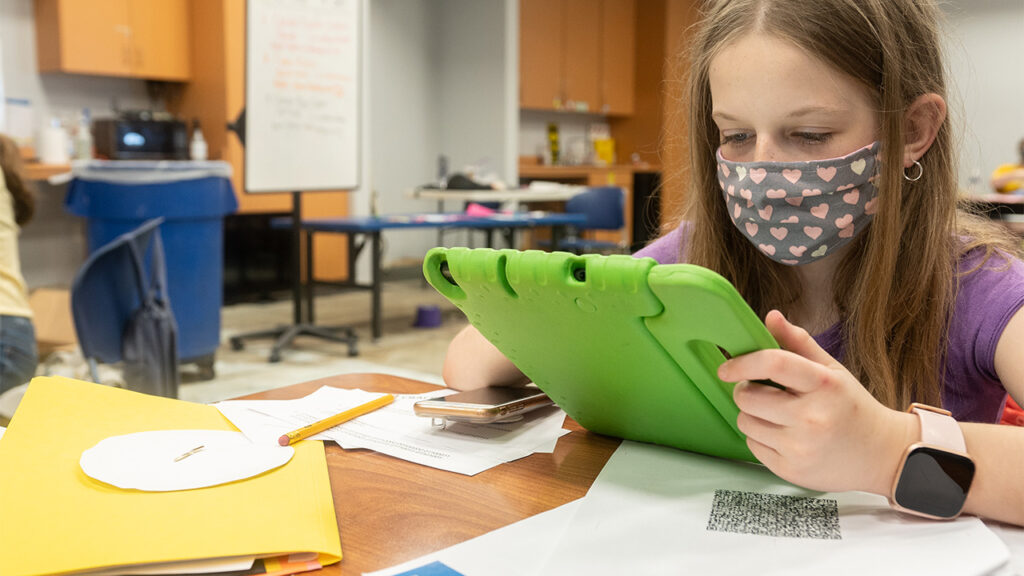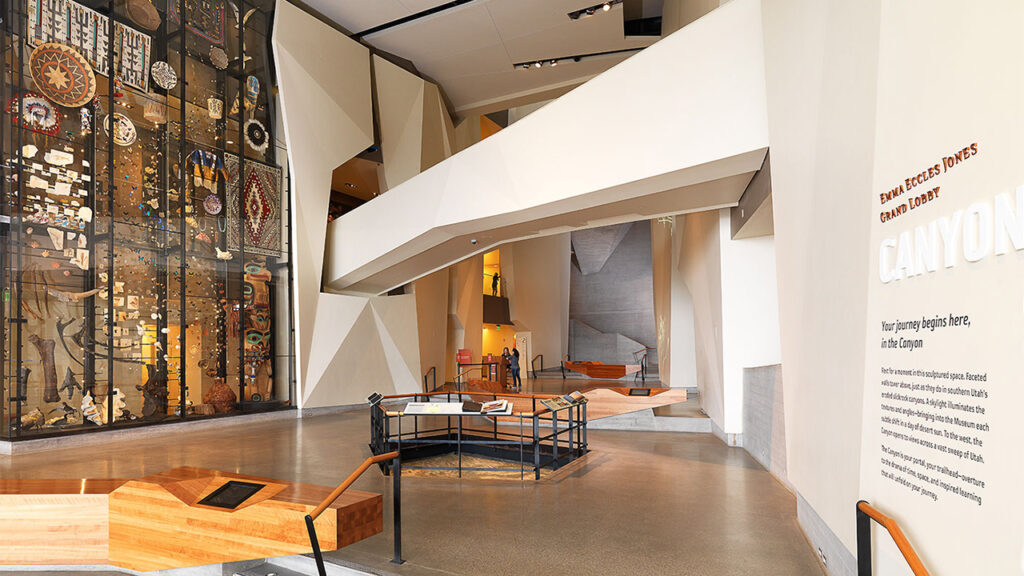Between October 5 and 7, the Association of Science and Technology Centers (ASTC) hosted its ASTC Annual Conference 2021. Guided by the theme “Reflection, Recognition, and Renewal,” this year’s event focused on the crises science and technology centers have faced in the past year, and how institutions can recover moving forward.
The conference featured presentations from institutions including the California Science Center, the Natural History Museum of Utah, and the Carnegie Science Center exploring topics from how to redesign virtual event formats to how institutions should adapt their tech strategies in a post-COVID environment. Here’s how two science and technology venues have reimagined their virtual offerings.
The Great Lakes Science Center integrates the digital and physical

Throughout the past year’s lockdowns, the Great Lakes Science Center created videos and workshops to engage young visitors at home. Image: Great Lakes Science Center
At the Great Lakes Science Center, children’s virtual workshops encourage the physical participation of its young audience, despite the remote format. For each of these sessions, organizers provide students with individually packed supplies such as goggles and masks to supplement virtual programs, making events more dynamic for children. “Some of our most popular virtual programs have been our workshops but they have also been the most challenging,” said Karyn Torigoe, the museum’s Senior Manager of STEM Programs and Evaluation.
Logistics like shipping, unreturned supply kits (which can affect revenue), and proper hygiene protocols need to be taken into account, but Torigoe says the extra work is worth it. “It allows us to offer the unique program because we want to make sure [the children] have everything they need,” she added.
Natural History Museum of Utah reinvents the virtual gala

Over the past few months, virtual galas have emerged as a platform for museums to drum up support. These virtual events, though, represent a creative format for museums to engage and appeal to potential donors.
For its 2021 museum gala, the Natural History Museum of Utah organized a virtual game show titled Natural History! A Game Show of Support. According to Jessie Foster Strike, Associate Director of Philanthropy & Communications, the event was meant to raise funds, while showcasing museum scientists and engage attendees with an interactive format. “Anyone could play, no Ph.D. required,” she said.
According to Tom Ruff, Co-Executive Producer of ABC’s Card Sharks and production partner for the museum, “The goal was to make it fun and simple so the audience wanted to play along. It didn’t require scientific knowledge, but [players] did get scientific takeaways.” The museum also referenced classic TV pledge fund formats to facilitate the donation process: attendees could call to make a donation or gift their support online.



